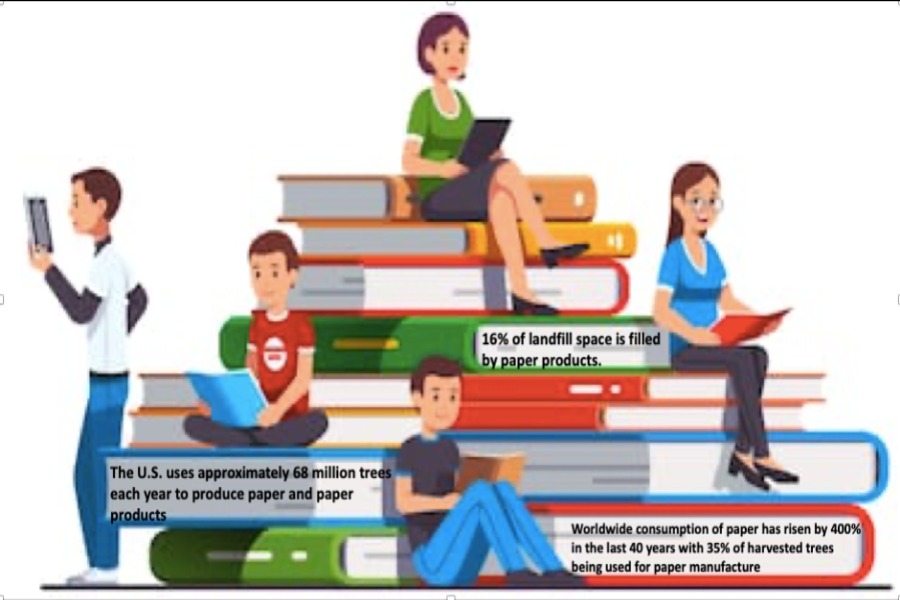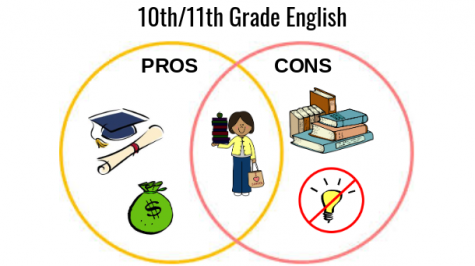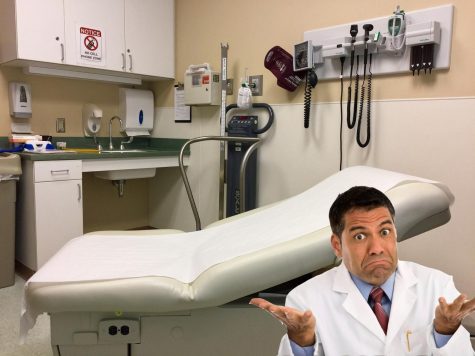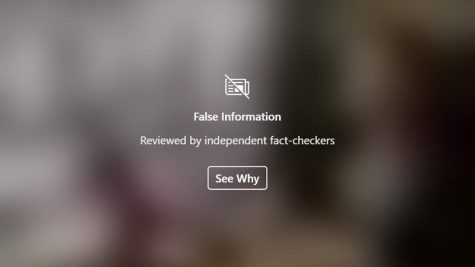As paper prices rise, teachers and students must adapt to using less
January 3, 2020
“I don’t think we have a paper crisis. I think we have a different standard operational procedure, and we need to think about how we are using our resources as a society,” said Principal Nancy Doll.
Classes had been running smoothly, until a paper shortage began in early November. Some conflict began when Doll examined the data that showed LHS is using a tremendous amount of paper. The administration is using the wireless networked duplicating machines to track how much paper is printed by each department and teacher.
It’s good for teachers to conserve paper. Doll decided to become more paper conscious and encourage departments to consider ways to reduce. In the past, the paper was kept in common areas where teachers could get paper whenever they needed. Now departments like math are restricted by having to sign out one or two reams of paper at a time.
The last few years in the United States, the price of paper has increased by 25%. These increases in prices are because of the lack of natural resources of pulp, imposed tariffs and the increased paper demand in China.
Every year more than 20 million trees are consumed for printing books, and about 95 million trees are consumed for newspapers. The paper industry is also responsible for 9% of the total emissions of carbon dioxide from manufacturing. We have a responsibility as a generation to save and conserve the earth we live in for our children and our children’s children. Students are aware of the global crisis and should be willing to conserve paper.
The lack of paper in the school has resulted in some frustration for students, including more online activities and not having printed notes. For example, business teacher, Mr. Roger Rich said, “This forces teachers to use more technology. “I like using technology, but I also see that certain classes and projects need to use paper.”
Example of classes that use more paper are journalism and STEM classes. Journalism needs to use paper since they make layout for the printed newspaper. The design of the pages look different printed out than on the computer. STEM classes, including math, also need to print out worksheets to be able to solve the problems and take interactive notes.
In the school there has been some tension on the subject of paper. Students have heard teachers arguing about paper use. This is an unnecessary distraction.
Many teachers have tried to fix this problem. In fact, recent paper use figures show school wide improvement on paper use.
English teacher Mary Troxel has started to recycle paper since the shortage. She put bins in the copy and journalism rooms where teachers and students can put one-sided used paper. Then she has her Student Service Learner cross out the used side. She can then store the paper to be later reused.
Some teachers have brought in their own paper so that they could make copies of materials that they feel are important to learning.
FCPS students are a one-to-one, where every student is issued a Chromebook or can bring their own laptop. Administration feels staff can limit the use of paper since students have other resources.
“You need to learn to adapt to different ways of learning because they won’t be the same in college,” said Doll.
Some teachers have access to computer labs as their classrooms, which makes it easier to complete online work. Many science classrooms even have desktops on the side in case student Chromebooks have a low battery, students don’t have their Chromebooks that day, or the teacher assigns classwork that is not accessible on the student’s laptops.
Independent Living teacher Leslie Parente has a computer lab as a classroom and feels bad for the students who prefer learning on paper. She said, “I feel this is way easier for me to become more paper conscious since I have computers in my room, which makes it easier to access online and not on paper.”
Every student has an opinion on what works best in terms of studying or getting work done. Some prefer technology and doing work on a computer. However, others prefer to work on paper and have the material to access more easily.
“Writing things down on paper helps me retain the information longer rather than just looking at the work or hearing it,” said senior Hannah Ratchford.
“I want to use less paper, but there are studies that show students learn more efficiently on paper,” said social studies teacher Samira Diggs.
According to Scientific American, most people study more effectively on paper than on a screen.
“A study by Pam Mueller and Daniel Oppenheimer of Princeton University and UCLA tested many college students and their memory. Based on the many experiments they completed, the results according to PBS found, “Students who used laptops cranked out more words than hand-writers did, but the hand-writers ended up with a stronger conceptual understanding across the board.”
It’s difficult to balance the need for conservation, which is so important, with the need to be successful in the classroom. As the climate continues to change, and resources become even more expensive, these sacrifices will be felt in future generations of students.











